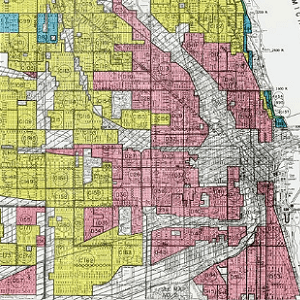Decades after its official ban, redlining continues to cast a long shadow over public health in the United States, with minority communities bearing the brunt of its lingering effects. Recent studies have unveiled stark disparities in health outcomes between historically redlined neighborhoods and their more privileged counterparts.
A recent study revealed that children with cancer from formerly redlined areas face a significantly lower five-year survival rate compared to those from non-redlined neighborhoods. This alarming trend extends to other health issues, including HIV treatment. In Philadelphia, residents of previously redlined areas take an average of six months to achieve viral suppression after diagnosis, compared to just four months for those in non-redlined areas.
The health impacts of redlining are not limited to specific diseases. People living in redlined communities face a staggeringly lower life expectancy compared to other areas. These neighborhoods often grapple with limited access to healthcare facilities, environmental hazards, and economic challenges that compound health risks.
Environmental factors play a crucial role in these disparities. Historically redlined areas frequently contend with higher pollution levels and fewer green spaces, adversely affecting residents’ overall well-being. Black communities, in particular, face a higher risk of extreme temperature-related deaths and an increased likelihood of childhood asthma diagnoses.
As researchers and policymakers grapple with these persistent inequities, there’s a growing call for multifaceted interventions. Addressing issues such as poverty, substance use, home ownership, and education is crucial to mitigating the enduring health impacts of structural racism in America’s neighborhoods.
See: “Redlining’s lingering public health legacy” (February 12, 2025)


